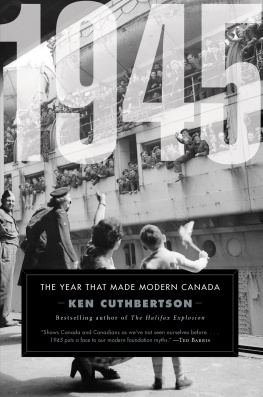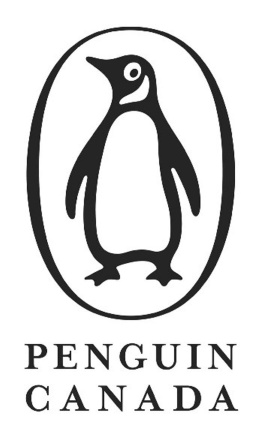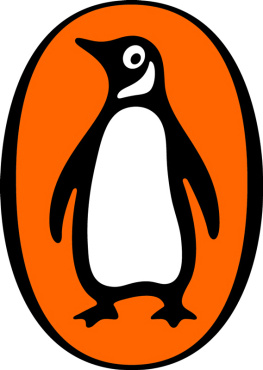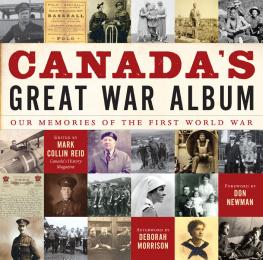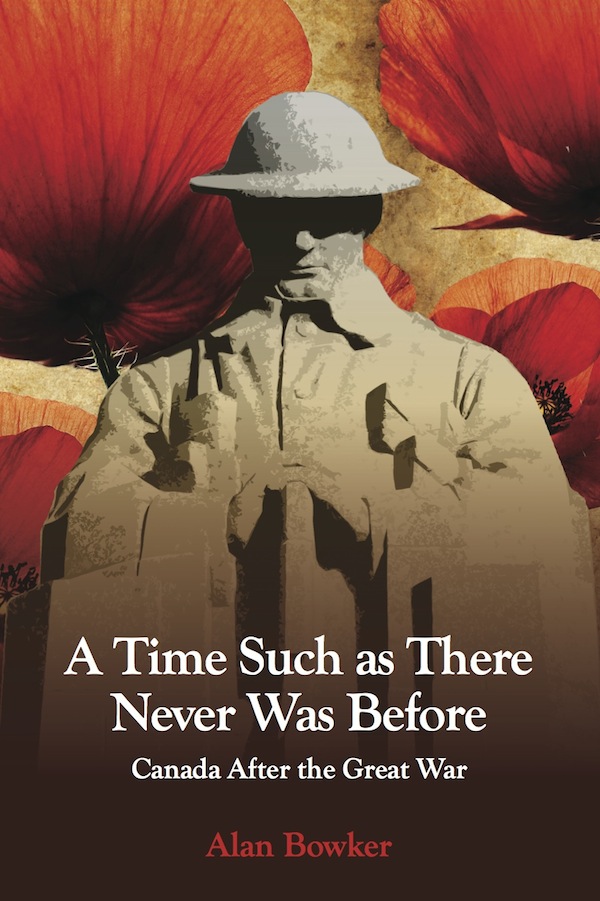Copyright
Copyright Alan Bowker, 2014
All rights reserved. No part of this publication may be reproduced, stored in a retrieval system, or transmitted in any form or by any means, electronic, mechanical, photocopying, recording, or otherwise (except for brief passages for purposes of review) without the prior permission of Dundurn Press. Permission to photocopy should be requested from Access Copyright.
Editor: Dominic Farrell
Design: Laura Boyle
Cover Design: Laura Boyle
Front Cover Image: Brooding Soldier , Sint-Juliaan, Belgium, Photo by Carolyn Bowker
Epub Design: Carmen Giraudy
Library and Archives Canada Cataloguing in Publication
Bowker, Alan, 1943-, author
A time such as there never was before : Canada after the Great War / Alan Bowker.
Includes bibliographical references and index.
Issued in print and electronic formats.
I SBN 978-1-4597-2280-4 (pbk.).--ISBN 978-1-4597-2281-1 (pdf).-- ISBN 978-1-4597-2282-8 (epub)
1. Canada--History--1914-. 2. Canada--Social conditions--20th century. 3. Canada--Politics and government--20th century. 4. World War, 1914-1918-- Social aspects--Canada. I. Title.
FC600.B74 2014 971.064 C2014-902947-0
C2014-902948-9
We acknowledge the support of the Canada Council for the Arts and the Ontario Arts Council for our publishing program. We also acknowledge the financial support of the Government of Canada through the Canada Book Fund and Livres Canada Books, and the Government of Ontario through the Ontario Book Publishing Tax Credit and the Ontario Media Development Corporation.
Care has been taken to trace the ownership of copyright material used in this book. The author and the publisher welcome any information enabling them to rectify any references or credits in subsequent editions.
J. Kirk Howard, President
The publisher is not responsible for websites or their content unless they are owned by the publisher.
Visit us at: Dundurn.com
@dundurnpress
Facebook.com/dundurnpress
Pinterest.com/dundurnpress
Preface
T he months following the end of the Great War were a tumultuous, exciting, pivotal, and dangerous period in Canadian history in the words of humorist and social scientist Stephen Leacock, it was a time such as there never was before.
A country that had been transformed in less than two decades from a colonial backwater into an industrial, agricultural, and resource powerhouse had found itself part of a titanic world conflict that killed more than sixty thousand of its young men, wounded many more in body and spirit, and engaged the total effort of its farms, industries, people, and families. Canadians had fought for freedom, civilization, the British Empire, and the Kingdom of God on Earth. Victory, they hoped, would usher in a new world of justice and peace in which all things would be possible.
But the war had stressed the many fault lines in this new, unformed country. The relationship between French and English Canada had degenerated to one of open hostility towards each other. Animosity to foreign immigrants and others seen as different had been unleashed. Three hundred thousand soldiers were coming home, and business and industry would need to provide jobs and compete in a hostile world. Everyone, it seemed workers, farmers, businessmen, feminists, churches, social reformers, and those excluded from the political and social mainstream had vociferous demands, impossible expectations, and irrational fears.
The war had a profound impact on Canada. But what happened in the time after the war the period between the Armistice of November 1918 and the Canadian general election of December 1921 was also vital in determining what kind of nation would emerge into the 1920s, which of the many changes set in motion would prove permanent, which of the dreams of a better world would be realized, and which would lead only to disillusionment. The new Canada of the 1920s had undergone radical change from the country that celebrated the Armistice in November 1918.
As a result of the war, Canada came of age as a nation, taking its place, somewhat tentatively, on the world stage. Soldiers picked up their lives and struggled to cope with what the war had done to them, while society came to grips with what the war had meant. The great Spanish flu epidemic of 1918 killed more people than the war. Religious faiths, social values, and the very intellectual and moral basis on which the war had been fought, came under challenge. Prohibition outlawed alcohol in the name of moral and social reform, only to unleash a backlash and defiance of the law. Women became citizens and pursued careers, and though their primary role remained that of wives and mothers, they could now draw on professional expertise and state support. Labour and farmers revolted against the domination of Eastern capitalism and Winnipeg saw a six-week General Strike that challenged the political, social, and economic order. Businessmen sought to rebuild the economy in a new world of state engagement, altered trading and financial patterns, and rapid technological change. Artists, intellectuals, and ordinary people sought to define the identity of this new country. French Canadians, immigrants, and excluded minorities advanced different visions of what a truly inclusive Canadian nation ought to look like. All struggled to be accepted into the mainstream of this new nation some were, and some werent. By the time it celebrated its Jubilee in 1927, Canada was in in the midst of a new era of prosperity and Canadians could be justly proud of their achievement.
This is a complex story, and to make coherent analysis possible it is told in thematic chapters. But for the people of the time, as the Timeline at the end of this book makes clear, everything was happening at once. They were also viewing events from their own class, gender, regional, ethnic, occupational, and personal perspectives. We will hear the voices of a remarkable cast of characters labour organizers and agrarian radicals, social reformers, clergymen, feminists, community leaders, businessmen, journalists, scholars, and scientists. But behind them are eight million stories, each important, each unique, of people struggling to adapt to a time of profound change, not always knowing where it would lead, but realizing that their own stories were interwoven with what was going on in the rest of Canada, the British Empire, and North America, in a world turned upside down.
This book is written for the general reader. It flows from the conviction that Canadians need to know and understand our history if we are to be truly aware of who we are, what our country is, and why our experience matters in the world. To do so, however, requires that we leave our own world and enter the world of the past, using evidence, imagination, and the power of language to evoke a different time and place. As L.P. Hartley once wrote: the past is a foreign country: they do things differently there. We may well find things in that foreign country that will surprise us, things we might wish had been different, things we might want to gloss over, just as we will find much to admire and many people to like. History, after all, is not a morality play, a pageant, nor a Christmas pie from which, like Little Jack Horner, we can stick in our thumb and pull out a plum. We cannot simply judge everything we see by how it measures up to the values of the present time.


